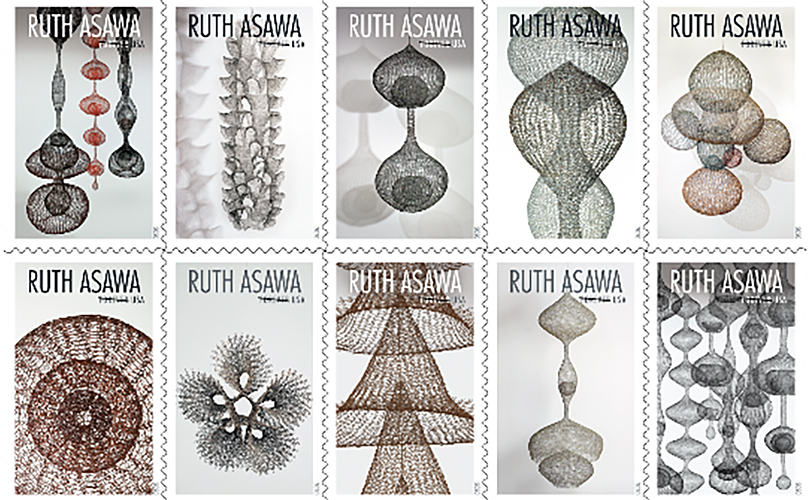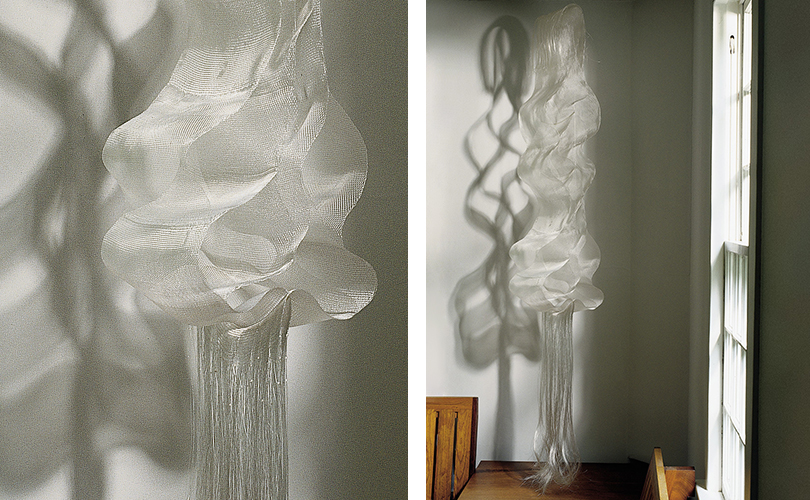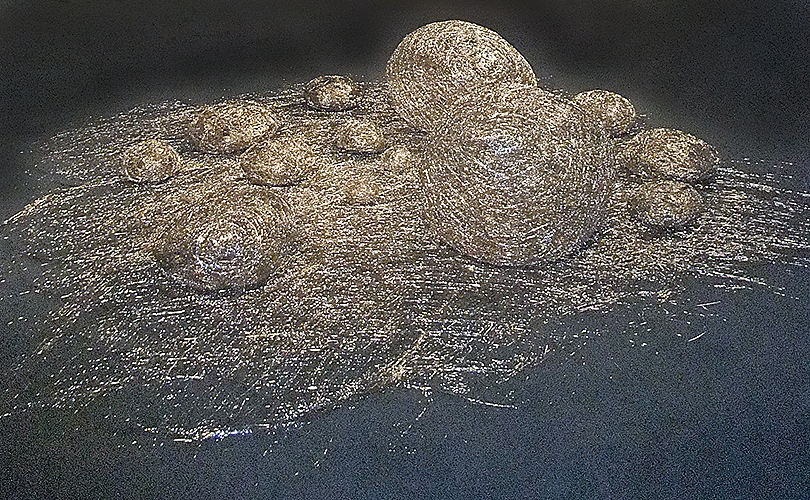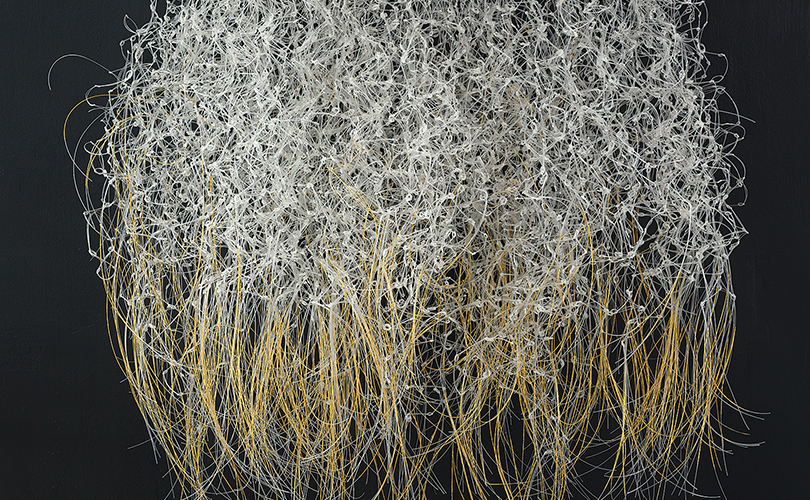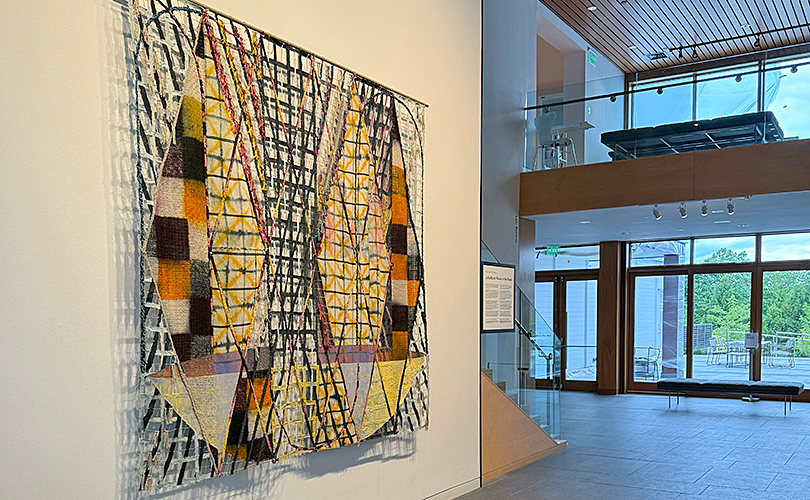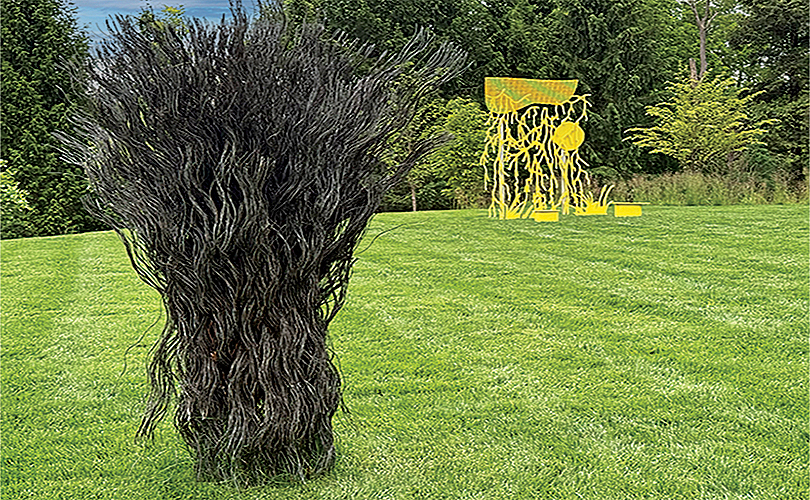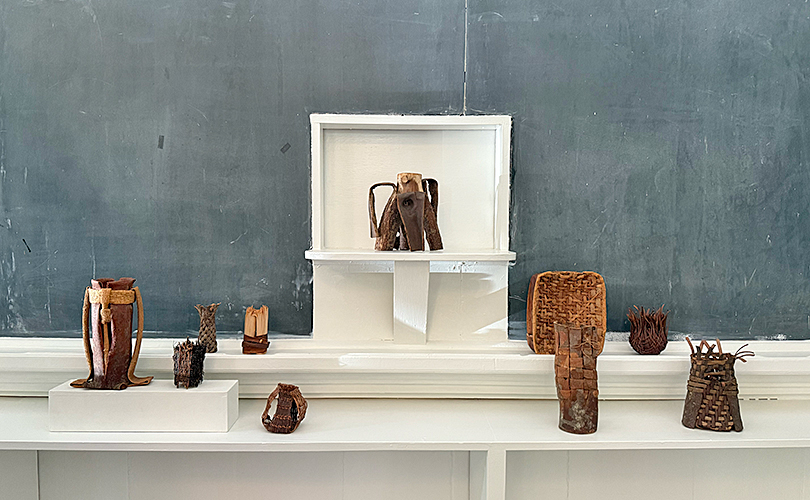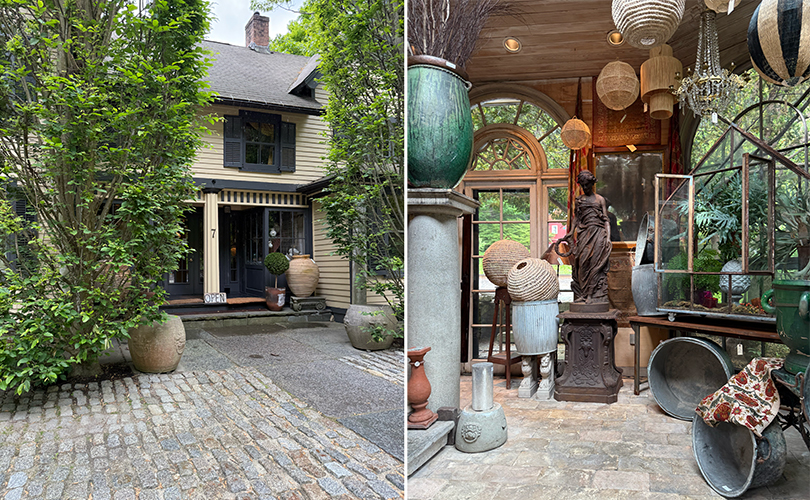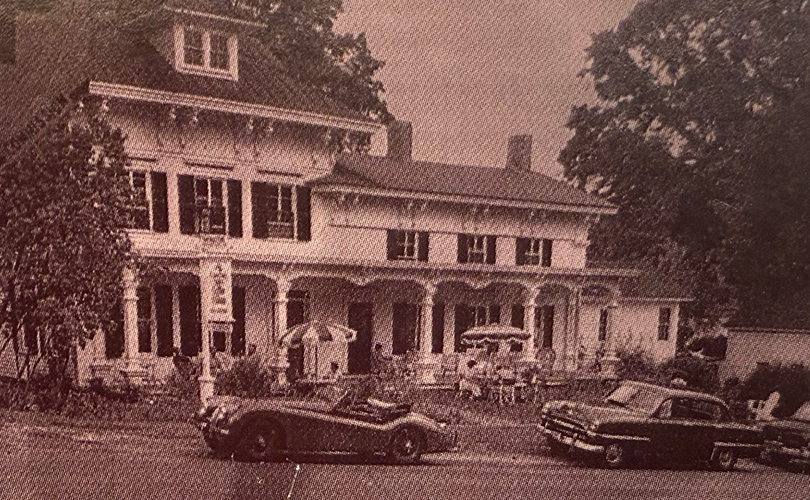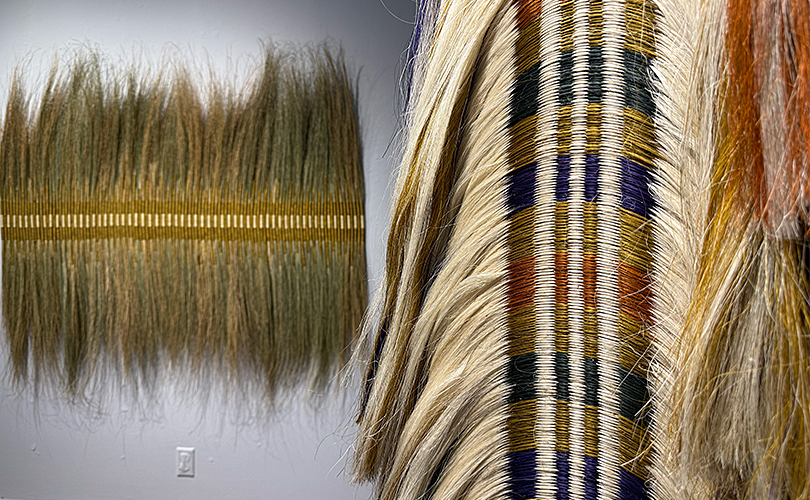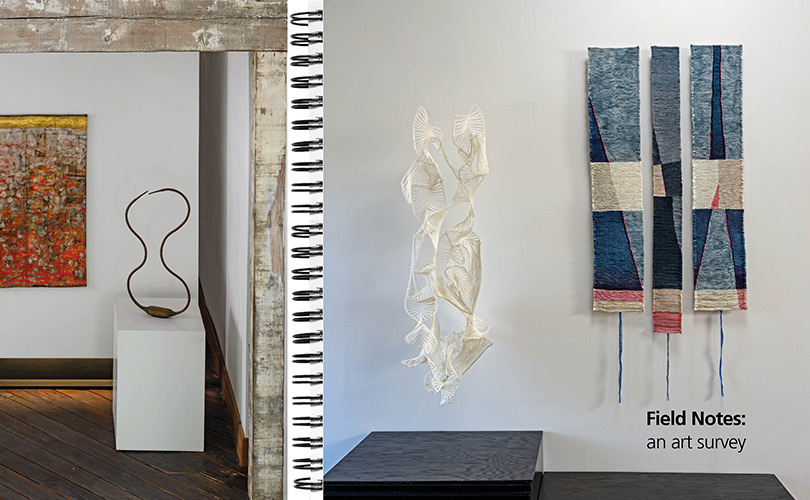
If you weren’t able to visit browngrotta arts in person in May, there are four other ways to experience our Spring exhibition, Field Notes: an art survey, three online and one in print. We’ve created a Video; Viewing Rooms; and a Zoom talkthrough, Art on the Rocks-Field Notes Edition. You can also see more images and learn more about Field Notes in the Catalog of the same name — our 60th — on our website.
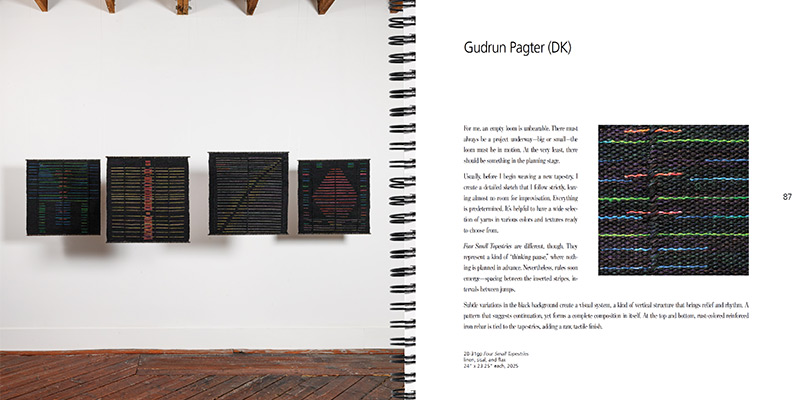
In the catalog, you’ll find more than 140 images of each of the works we “observed” in our state-of-the-art survey of the fiber medium in 2025. You’ll find detail shots and abbreviated cv information for each of the 52 artists included.

You’ll also find artists’ insights on their work and comments on working in challenging times. Polly Barton talks about her work, No Strings Attached, which began as a small watercolor sketch — “a memory of petroglyphs — field notes from the past carved into basalt stones found while hiking paths in canyons. My sketch, like a voice from the past, beckoned to be woven as a fluid path forward into our spinning world.” Norma Minkowitz writes about Golden Moon, a continuation of a series of vessel forms she began in the 1990s. “These vessels represent containers of different thoughts: some dark, some optimistic and ethereal,” she writes. “Golden Moon, has a large, intricate orb rising up from the center. It is a symbol of illumination, insight, and mystery. The moon is a metaphor for beauty in this world and a source of light in the darkness” And Sung Rim Park speaks about the knots she creates of paper for her paper structures: “I determine the shape and size of each knot based on the knot based on the meanings and symbolism it holds,” she writes. “Fiber begins as a line—the most
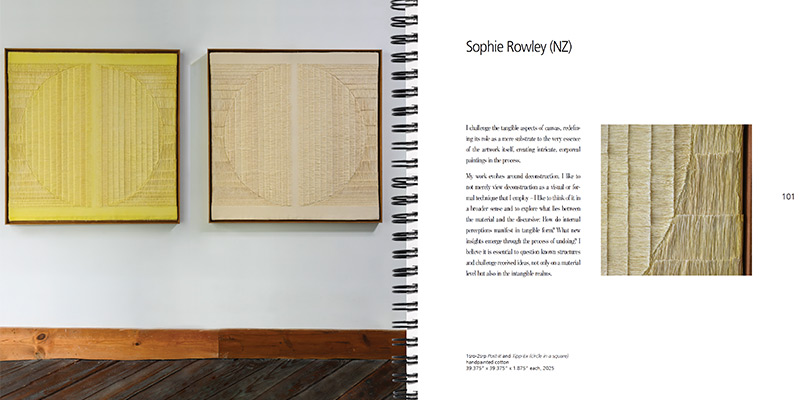
basic element in art—and knots, as extensions or intersections, become points or dots. While knots and fibers may appear delicate, they have the power to shape space. The works that result may be light in physical terms, but you cannot ignore their heavy aura, or the diverse stories about mankind that they contain.”

There are also a few in-process shots to round out this special exploration volume. Get your copy at browngrotta.com.

